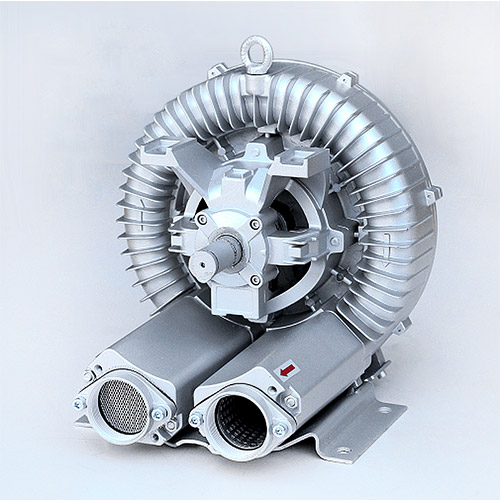Because the gas in the pipeline of air blower will be driven and resisted simultaneously in the process of flow, so that it can get different flow velocity. Here we will focus on the resistance of gas flow in
air blower pipeline. We should also consider it in two aspects. On the one hand, the friction resistance, and on the other hand, the local resistance.
The local resistance of gas flow in high-pressure fan duct is the energy loss caused by the change of velocity and direction of air flow and eddy current when air flows through the duct. That is to say, local resistance will occur when various variable-diameter pipes, duct inlet and outlet, valve, elbow tee, four-way, exhaust outlet and so on change.

Therefore, the proportion of local resistance in air blower system is relatively large. In order not to affect its normal operation, special attention should be paid to the design to minimize local resistance. The usual way is to arrange the pipe as straight as possible and reduce the elbow.
If the round elbow is used in the air blower, its curvature radius is larger than the diameter of the pipe; the longer the aspect ratio of the rectangular elbow section is, the better; the rectangular right elbow is best equipped with a guide vane. In order to reduce the local resistance of the tee, it is very helpful to pay attention to the connection of branch pipe and trunk pipe, to reduce the angle between branch pipe and trunk pipe, and to keep the velocity of branch pipe and trunk pipe equal.
In many cases, the high-pressure fan is used for ventilation, so it is necessary to configure a matching exhaust duct, so that the purpose can be achieved. However, due to the size of the working environment, dust content and so on are different, so the parameters and performance of the air blower are also different, naturally, different exhaust ducts should be matched.
